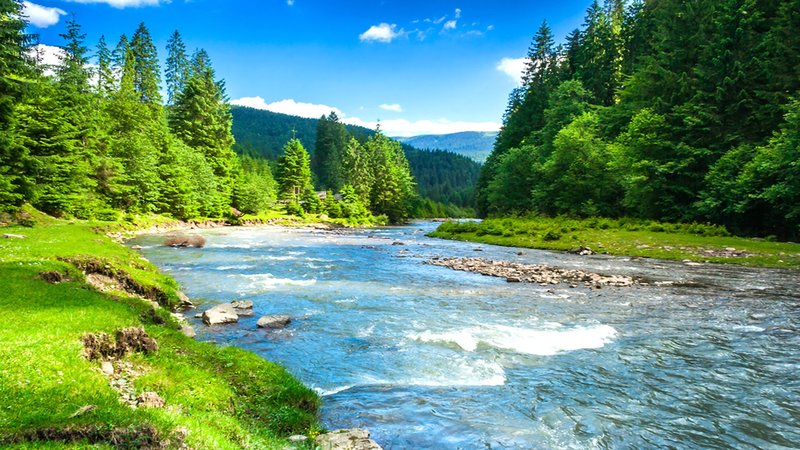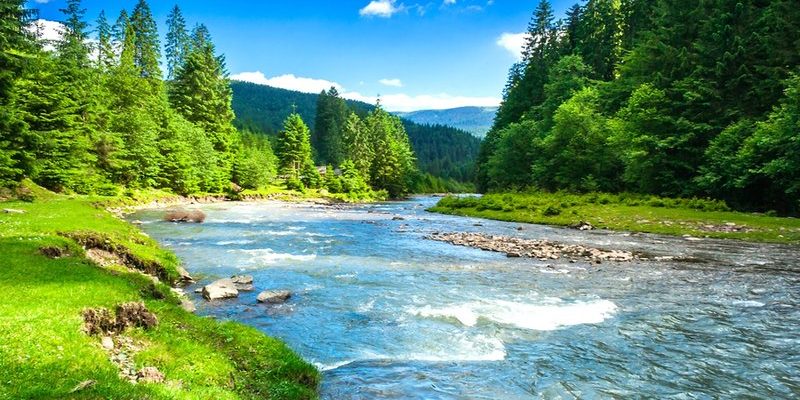
Bootlace worms are fascinating creatures. They belong to a group called *Hesionea*, which includes various species of marine polychaetes. Their elongated bodies are made up of many segments, giving them that “bootlace” name. These worms thrive in diverse marine environments, from shallow waters to deeper ocean beds. They are known for their unique ability to regenerate, making them quite resilient. However, their extraordinary attributes don’t mean they’re free from threats—plenty of marine animals see bootlace worms as a tasty meal.
So, what exactly preys on these intriguing worms? Let’s explore the ocean’s food web and identify the top natural predators of bootlace worms.
1. Fish: The Common Predators
Fish are often the first predators that come to mind when discussing oceanic food chains, and they certainly don’t overlook bootlace worms. Many species, especially those with a diverse diet, enjoy munching on these worms as part of their meals.
For example, **flatfish**, like flounder and sole, are known to sift through the ocean floor for food, and they’ll readily snack on bootlace worms. Their flat bodies and ability to camouflage help them approach unsuspecting prey. Similarly, **wrasses** and **gobies** look for worms while prowling around coral reefs and rocky substrates. These fish have a keen sense of smell, making it easier for them to locate worms hidden in the sand or amongst rocks.
Here’s the thing: fish aren’t just creatures of habit; they’re opportunistic feeders. Whenever there’s a chance to snag a nutrient-rich meal, bootlace worms become prime targets.
2. Crustaceans: The Unsung Predators
Next up are the crustaceans, a diverse group that includes crabs, lobsters, and shrimp. These creatures play an essential role in controlling bootlace worm populations.
**Crabs**, especially those that scavenge, are notorious for their wide-ranging diets. If they come across a bootlace worm hiding in the sand, they won’t think twice before pinching it. Among crustaceans, **lobsters** are quite the formidable predators. They use their strong claws to extract worms from hard-to-reach crevices.
Furthermore, **shrimp**, particularly the larger species like tiger shrimp, use their sharp pincers to hunt for smaller marine invertebrates, including bootlace worms. While they might not engage in direct attacks as often, they can be quite effective scavengers when bootlace worms are dead or injured.
3. Sea Birds: The Aerial Attackers
Surprisingly, the ocean’s winged inhabitants also play a role in the predation of bootlace worms. Several species of **sea birds**, including gulls and terns, forage near the shoreline or dive into the water to hunt for small creatures. You might be wondering how this applies to bootlace worms, as they typically dwell deeper in the ocean.
Here’s how it works: during low tide, these birds can spot worms exposed on the sand or near the water’s edge. If they can catch wind of a worm wriggling in the shallow waters, you can bet they’ll swoop down for a quick snack. Their sharp beaks are perfectly designed for snagging worms or other small marine life.
4. Sea Nematodes: A Microscopic Threat
When we think of predators, we usually picture animals with fins and feathers. However, the ocean is also home to micro-predators. That’s where **sea nematodes** come into play. These tiny, worm-like creatures exist in nearly every marine environment and feed on organic matter, including bootlace worms, when given the chance.
Though they’re much smaller, sea nematodes can be surprisingly effective at breaking down and consuming the organic material of bootlace worms. They often feed on decomposing marine life, but they might opportunistically devour smaller bootlace worms that are stressed or weakened, helping to maintain the ecosystem’s balance.
You might not notice these microscopic creatures, but they play a significant role in the marine food web.
5. Echinoderms: The Unlikely Predators
Echinoderms, such as **sea stars** and **sea cucumbers**, are known for their unique feeding habits. While they usually dine on mollusks or coral, they can also partake in a bootlace worm buffet.
For instance, a curious sea star with its tube feet may pry open a crevice in the ocean floor to snag a worm. Their ability to regenerate arms allows them to be quite patient hunters, waiting for the right moment to strike. Similarly, sea cucumbers will filter through sediment on the ocean floor, unknowingly consuming bootlace worms among the organic material.
Interestingly, their method of feeding allows them to recycle nutrients back into the marine environment, promoting ecosystem health.
6. Environmental Factors and Predation
Predators of bootlace worms aren’t just influenced by their natural instincts; **environmental factors** also play a significant role in predation. Let me explain.
Water temperature, salinity, and even currents can impact prey availability. For example, in warmer waters, fish and crustaceans are often more active, increasing their chances of hunting down bootlace worms. Conversely, during colder periods, these predators may seek out other food sources, allowing populations of bootlace worms to grow.
Additionally, during seasonal changes, the abundance of certain predators can fluctuate. In areas where fish populations are high, bootlace worms might find themselves in serious trouble. Understanding these factors gives us insight into the delicate balance of ocean ecosystems.
7. The Role of Bootlace Worms in the Ecosystem
Even though bootlace worms have their predators, let’s not forget their vital role in the ecosystem. Bootlace worms contribute to nutrient cycling, breaking down organic material on the ocean floor. They’re like nature’s recyclers, helping to maintain the health of marine environments.
By serving as prey for various predators, bootlace worms help support a diverse range of marine life. Their presence indicates a balanced ecosystem and can help scientists gauge the health of underwater habitats. So, even though they might seem like simple creatures, bootlace worms are integral to the ocean’s web of life.
As we’ve discovered, bootlace worms have an array of natural predators, from fish and crustaceans to birds and even microscopic nematodes. Each of these predators plays a unique role in the marine ecosystem. While bootlace worms might be long and resilient, they’re part of a vibrant community of life under the sea. Understanding their natural enemies helps us appreciate the intricate relationships that sustain ocean health.
So, next time you gaze into the depths of the ocean (or watch a nature documentary), remember that beneath the surface lies a world full of action, balance, and interconnectedness. Let’s support efforts to keep our oceans clean and healthy, so these fascinating predators and prey continue to thrive!

